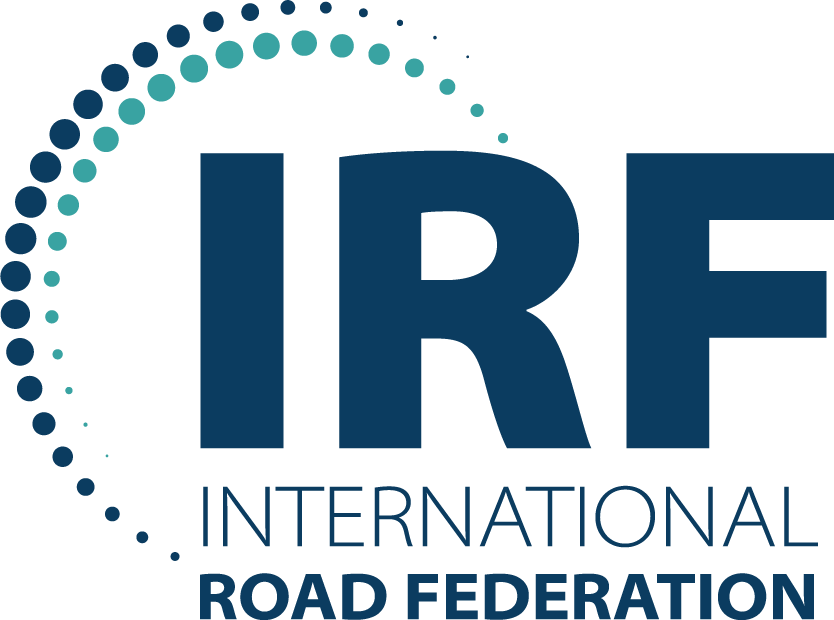IRAN (ISLAMIC REPUBLIC OF)
ROAD SAFETY PROFILEThe ATO road safety profiles offer insights into the road safety in 37 Asia-Pacific countries by utilizing road safety related data from various sources and policy information extracted from a range of documents.
These road safety profiles were developed by the Asian Transport Observatory in collaboration with the Asia Pacific Road Safety Observatory (APRSO) and the International Road Federation (IRF). This September 2025 edition updates the February 2025 release—prepared for the Global Ministerial Conference on Road Safety in Marrakech—to inform discussions at the Asia-Pacific Regional Road Safety Conference in Manila.
Country Summary
Road safety in Iran presents a complex picture characterized by progress and persistent challenges. In 2021, road crash injuries constituted 3.3% of all deaths in Iran. While the country has made strides in reducing road fatalities over the past decade, the rate remains high compared to regional and global averages. This narrative explores the current status of road safety in Iran, examining key data points, discrepancies, economic costs, and policy landscape to provide a comprehensive overview.
A notable discrepancy exists in reported road crash fatalities. The World Health Organization (WHO) estimated approximately 18,000 fatalities in 2021, while the Global Burden of Disease report figures closer to 19,000 for the same year. This inconsistency highlights the challenges in accurately capturing and reporting road crash data, which can hinder effective policy-making and targeted interventions.
Disaggregated data offers valuable insights into the specific demographics and road user groups most affected by road crashes. The share of females in road crash fatalities decreased slightly at between 2010 and 2021. The combined share of minors (<14 years old) and seniors (>65 years old) in fatalities also marginally decreased between 2015 and 2019, while the Asia-Pacific average saw a marginal increase in this demographic. Particularly concerning is the high proportion of pedestrian and bicyclists fatalities, which stood at 21% in 2021, according to the WHO.
The economic burden of road crashes in Iran is substantial. In 2021, fatalities and serious injuries cost an estimated 20 billion USD, equivalent to approximately 7% of the country's GDP. This figure surpasses the national healthcare expenditure of 5.8% of GDP in the same year, underscoring road crashes' significant strain on the economy.
Road crashes constitute about 46% of the total implicit costs due to fossil fuel subsidies in transport. IRAP estimates that an annual invesment of 465 million USD, or just about 0.2% of Iran (Islamic Republic of)'s GDP, could potentially save about 6 thousand fatalities per year.
Iran had about 33 fatalities per thousand kilometers of road kilometers. Data on infrastructure ratings in Iran is limited, making it difficult to assess the safety standards of the country's road infrastructure.
Data on vehicle fleet in Iran is not available to understand the dynamics of motorization and its impact on road safety.
Benchmarking
Benchmarking Iran's road safety performance against regional and global averages reveals areas for improvement. While the country has made progress in reducing fatalities, its rate remains higher than many comparable nations. The road traffic crash fatality rate stood at 20.6 per 100,000 population, exceeding the Asia-Pacific average of 15.2 and the South Asia average of 16.1. However, Iran has demonstrated progress, reducing its fatality rate by 38% between 2010 and 2021, compared to a 19% decrease in the Asia-Pacific region and a 10% decrease in South Asia.
Can Asia meet the 2030 target of halving fatalities?
- Urgent action needed to reduce road fatalities The Decade of Action for Road Safety 2021-2030 aims to cut road fatalities in half by 2030. An annual reduction of at least 7.4% is necessary to achieve this.
- Asia-Pacific region falling behind Despite reaching a peak in road crash fatalities, the Asia-Pacific region is not on track to meet the 2030 goal. The average annual reduction in deaths between 2016 and 2021 was only 0.6%, far below the required rate.
- Varying progress across Asia Using the 2016-2021 road crash fatality growth rate as a basis for estimates until 2030:
- Only 3 Asian countries are projected to achieve the 50% reduction target by 2030.
- 18 Asian countries are expected to reduce fatalities by at least 25%.
- Worryingly, 7 Asian countries will continue to increase road fatalities, moving further away from the target.
- In Iran (Islamic Republic of), road crash fatalities increased by approximately 2.0% per year between 2016 and 2021. If this pattern persists, the gap between current trends and the 2030 target will only widen
References
ATO. National Database (2024). https://asiantransportoutlook.com/snd/
IMF. (2024). Climate Data. https://climatedata.imf.org/pages/access-data
Institute for Health Metrics and Evaluation. (2021). GBD Results. GBD Results. https://vizhub.healthdata.org/gbd-results
Institute for Health Metrics and Evaluation. (2024). Global Burden of Disease Study 2021 (GBD 2021) Cause-Specific Mortality 1990-2021. https://ghdx.healthdata.org/record/ihme-data/gbd-2021-cause-specific-mortality-1990-2021
iRAP. (2024). Safety Insights Explorer. iRAP. https://irap.org/safety-insights-explorer/
Nirandjan, S., Koks, E. E., Ward, P. J., & Aerts, J. C. J. H. (2022). A spatially-explicit harmonized global dataset of critical infrastructure. Scientific Data, 9(1), 150. https://doi.org/10.1038/s41597-022-01218-4
United Nations Department of Economic and Social Affairs Population Division. (2022). World Population Prospects 2022. https://population.un.org/wpp/
WHO. (2023). Global Status Report on Road Safety 2023. https://www.who.int/teams/social-determinants-of-health/safety-and-mobility/global-status-report-on-road-safety-2023
World Bank. (2023). GDP, PPP (current international $). World Bank Open Data. https://data.worldbank.org/indicator/NY.GDP.MKTP.PP.CD
World Bank. (2024). Current health expenditure (% of GDP). World Bank Open Data. https://data.worldbank.org/indicator/SH.XPD.CHEX.GD.ZS





